
Ingredient
Pulses (dried legume seeds)
The Power of Pulses
Pulses are small, dry seeds that belong to the legume family. They come in a variety of shapes, sizes, and colors, including lentils, chickpeas, black beans, and kidney beans. With their earthy flavors and hearty textures, pulses are a staple in many vegetarian and vegan dishes. They are rich in protein, fiber, vitamins, and minerals, making them a nutritious addition to any diet.
Origins and history
Pulses have been cultivated for thousands of years and have played a significant role in the diets of many ancient civilizations. They are believed to have originated in the Middle East and spread to other parts of the world through trade routes. Pulses have been a staple food in countries like India, Egypt, and Mexico for centuries, and their popularity continues to grow globally.
Nutritional information
Pulses are a nutritional powerhouse, packed with protein, fiber, iron, and folate. They are low in fat and cholesterol and provide essential vitamins and minerals, making them an excellent choice for maintaining a healthy diet.
Allergens
Pulses are generally safe for consumption, but individuals with legume allergies should exercise caution and consult with a healthcare professional if unsure.
How to select
When selecting pulses, look for dry, intact seeds without any signs of moisture or insect damage. Avoid discolored or shriveled pulses, as they may indicate poor quality or age. Opt for organic or locally sourced pulses whenever possible to support sustainable farming practices.
Storage recommendations
To maintain the freshness and quality of pulses, store them in airtight containers in a cool, dry place. Avoid exposure to moisture, heat, or direct sunlight, as these can lead to spoilage or loss of flavor. Properly stored pulses can last for up to a year.
How to produce
Pulses can be grown in home gardens or small-scale farms with proper soil preparation and regular watering. They thrive in well-drained soil and require full sun exposure. Follow specific planting and care instructions for each type of pulse to ensure optimal growth and yield.
Preparation tips
Before cooking pulses, rinse them thoroughly under cold water to remove any dirt or debris. Soaking pulses overnight can help reduce cooking time and improve digestibility. Cook pulses according to specific instructions for each type, as cooking times may vary. Add pulses to soups, stews, salads, or use them as a base for vegetarian burgers or spreads.
Culinary uses
Pulses are incredibly versatile and can be used in a wide range of dishes. They are commonly used in soups, stews, curries, salads, and grain bowls. Pulses can also be mashed or pureed to make dips, spreads, or vegetarian patties. Their ability to absorb flavors makes them an excellent choice for adding depth and texture to various recipes.
Availability
Pulses are cultivated and consumed worldwide. They are particularly popular in countries like India, Mexico, Brazil, and Ethiopia, where they are a dietary staple. Pulses are also widely available in North America, Europe, and Asia.
More ingredients from this category

Peas (dry) and similar-
The Mighty Legume: Unlocking the Potential of Dry Peas in Your Kitchen
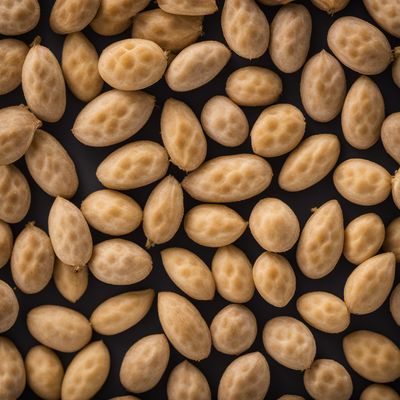
Lupins (dry) and similar-
Exploring the Versatility of Lupins and Similar Legumes
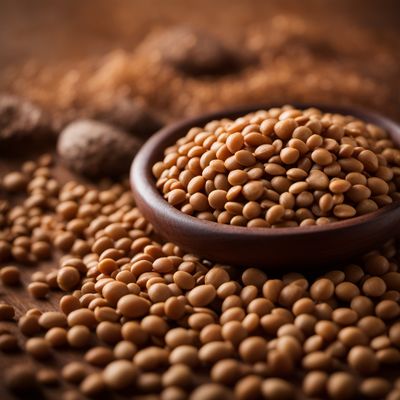
Lentils (dry) and similar-
Tiny Powerhouses: Unveiling the Versatility of Dry Lentils

Other pulses
Exploring the World of Pulses
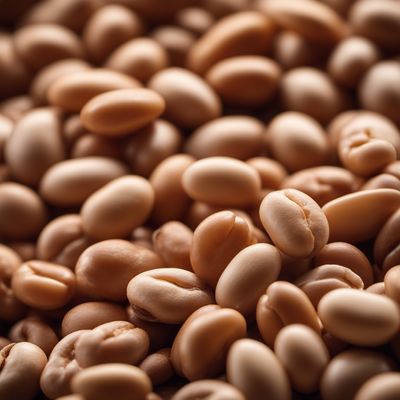
Beans (dry) and similar-
The Versatile Legumes
Recipes using Pulses (dried legume seeds) » Browse all
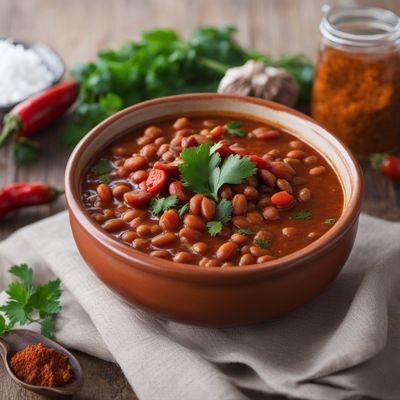
Benin-style Spicy Bean Stew
Savory and Spicy Benin Bean Delight
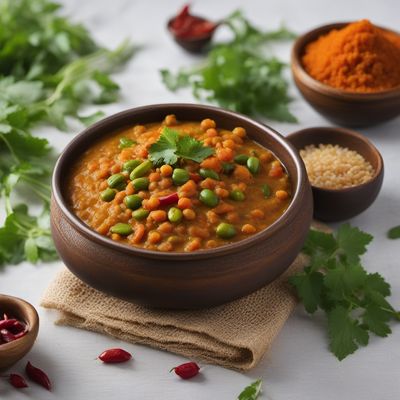
Jain Bisi Bele Bath
Savory Lentil and Rice Medley: Jain Bisi Bele Bath

Ulundu Kozhukattai with Spicy Coconut Chutney
Savory Lentil Dumplings with a Spicy Coconut Twist

Panchmel Dal - A Hearty Blend of Five Lentils
Savory Symphony: Panchmel Dal - A Melange of Five Lentils

Texas Caviar with a Twist
Southwestern Delight: Spicy Texas Caviar with a Tangy Twist

Guinean Red Red Stew
Savory Guinean Black-Eyed Pea Stew: A Taste of West Africa

Casadielles with a Twist
Savory Stuffed Pastries: A Fusion of Spanish and American Flavors
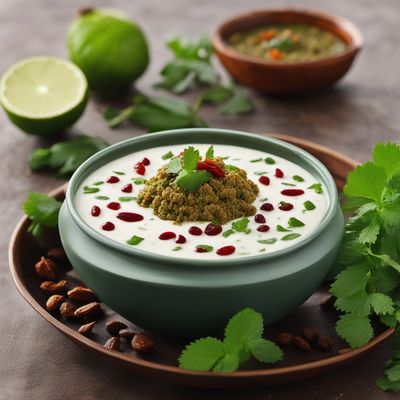
Dahi Vada with a Twist
Creamy Delights: Dahi Vada with a Flavorful Twist

Belizean Black Bean Dip
Savory Belizean Black Bean Dip: A Taste of Central America
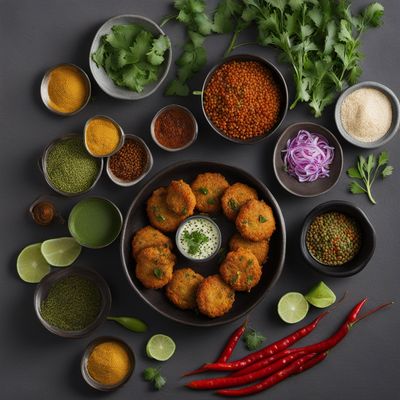
Crispy Spiced Lentil Fritters
Savory Delights: Crispy Masala Vada - A Burst of Indian Flavors

Classic Indian Khichdi
Saffron-infused Lentil and Rice Delight

Malawian Style Kongnamul Gukbap
Savory Bean Soup with Malawian Flair